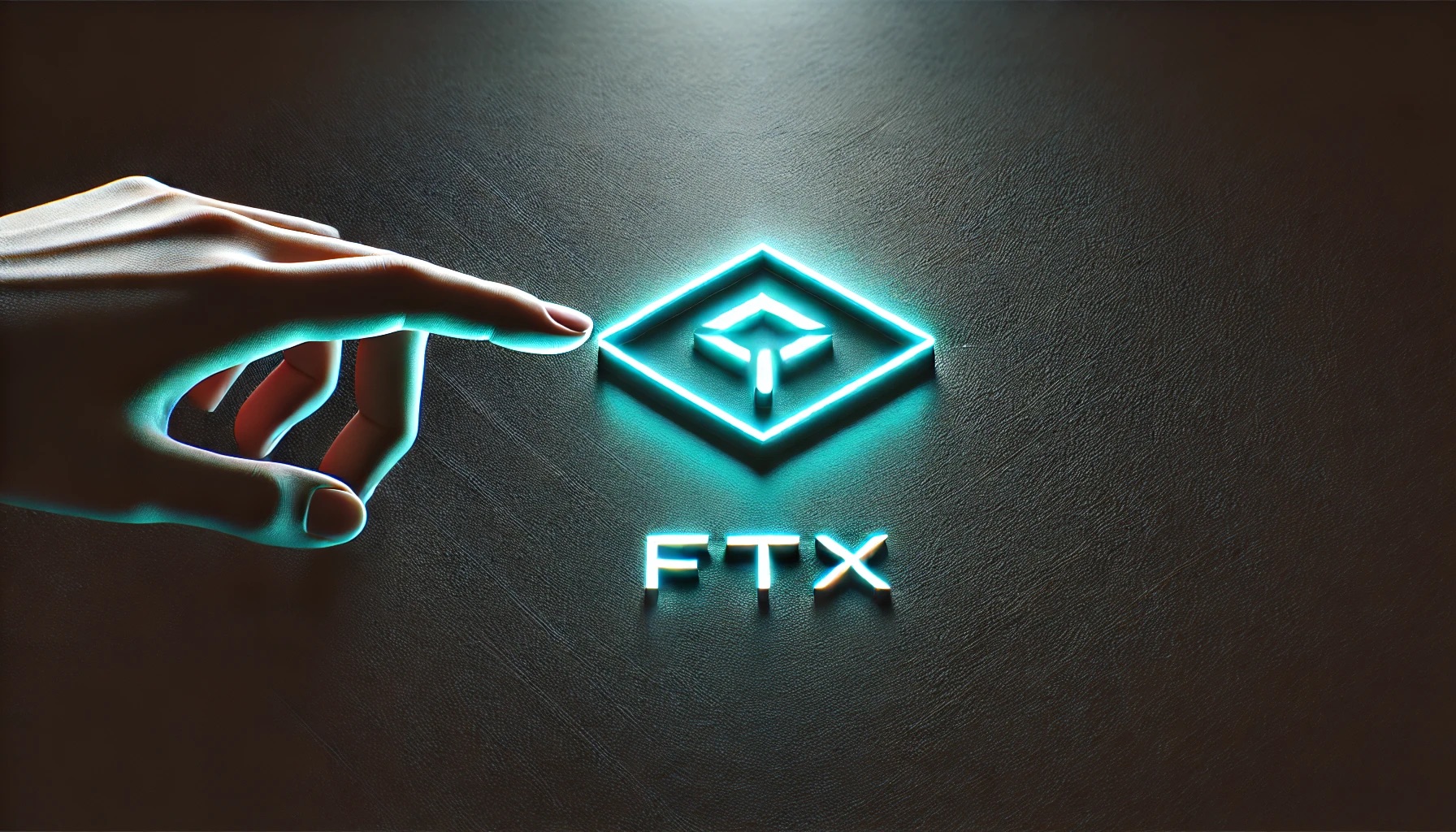
Rumors have been circulating on social media suggesting that the FTX bankruptcy estate will commence distributing reimbursement funds to creditors and customers on September 30. However, these claims have been confirmed as false, as the reimbursement plan has not yet received approval from a court of law.
In the latest Chapter 11 filing, it has been outlined that the next court hearing to confirm the restructuring plan is scheduled for October 7. This crucial hearing will be overseen by Judge John T. Dorsey of the United States Bankruptcy Court for the District of Delaware.
If the restructuring plan is approved, claimants with claims under $50,000 could potentially start receiving payments by the end of 2024. On the other hand, those with larger claims may not see any distributions until the first or second quarter of 2025.
The anticipation surrounding the court’s decision highlights the complexity of the bankruptcy proceedings and the various stakeholders involved.
Creditors’ Objections to the Reorganization Plan
FTX creditors, represented by Sunil Kavuri, have raised multiple objections to the proposed reorganization plan. Their concerns primarily revolve around two key issues:
- Compensation Preferences: Creditors are requesting to be compensated with in-kind assets rather than cash. They argue that this method would better reflect the value of their claims and restore their losses.
- Tax Implications: There is considerable opposition to the taxable event that a cash payout would trigger. Creditors fear that receiving cash could lead to tax liabilities that diminish their overall reimbursement.
Attorneys for FTX argue that any reimbursements to creditors must be made in cash to align with existing Chapter 11 bankruptcy laws. They maintain that cash payments are essential to avoid complications in the bankruptcy process. However, this has sparked significant debate among creditors, many of whom feel that in-kind distributions are the only viable solution to restore their financial losses fully.
Current Distribution Plan
Under the current distribution plan, creditors will be reimbursed based on the date the legal petition was filed. At that time, Bitcoin (BTC) was valued at approximately $16,000. This valuation has significant implications for creditors and former customers, as they would only receive around 25% of their original holdings under the current distribution plan. Kavuri expressed these concerns during an interview with Cointelegraph, emphasizing that the plan fails to account for the substantial decline in asset values since the bankruptcy announcement.
| Claim Amount | Estimated Payout Date | Estimated Payout |
|---|---|---|
| Under $50,000 | End of 2024 | 100% of claim |
| Over $50,000 | Q1 or Q2 of 2025 | TBD |
This reimbursement structure poses significant challenges for creditors who had anticipated a more favorable outcome, particularly given the drastic reductions in their assets’ values.
Despite the uncertainties surrounding the reimbursement process, some analysts believe that the FTX payout could act as a bullish catalyst for the broader cryptocurrency market. Markus Thielen, founder of 10x Research, has suggested that the reimbursement could lead to a substantial influx of capital into the market.
Thielen estimates that the capital inflow could range between $5 billion and $8 billion, creating new demand and potentially driving prices higher. The rationale behind this prediction is that if creditors and customers receive their reimbursements, they may reinvest a portion of those funds back into the cryptocurrency market, thereby increasing liquidity and stimulating trading activity.
This influx of capital could have a ripple effect, encouraging both retail and institutional investors to re-engage with the market, which has experienced significant volatility in recent months. The anticipated increase in trading volume and market interest could help stabilize prices and restore confidence among investors.
The rumors regarding FTX’s reimbursement payments commencing on September 30 have been debunked, with the next court hearing scheduled for October 7. Creditors have raised various objections concerning the proposed reorganization plan, particularly regarding compensation preferences and the tax implications of cash payouts.
As the court hearing approaches, attention will be focused on how these objections will be addressed and what the final payout structure will entail for creditors. The potential for a significant capital inflow into the cryptocurrency market remains a point of optimism, despite the challenges posed by the FTX bankruptcy estate.
The interplay between creditor rights, regulatory compliance, and market dynamics will continue to shape the discussions within the cryptocurrency community as developments unfold.
Featured image credit: DALL-E by ChatGPT
Follow us for more breaking news on DMR
